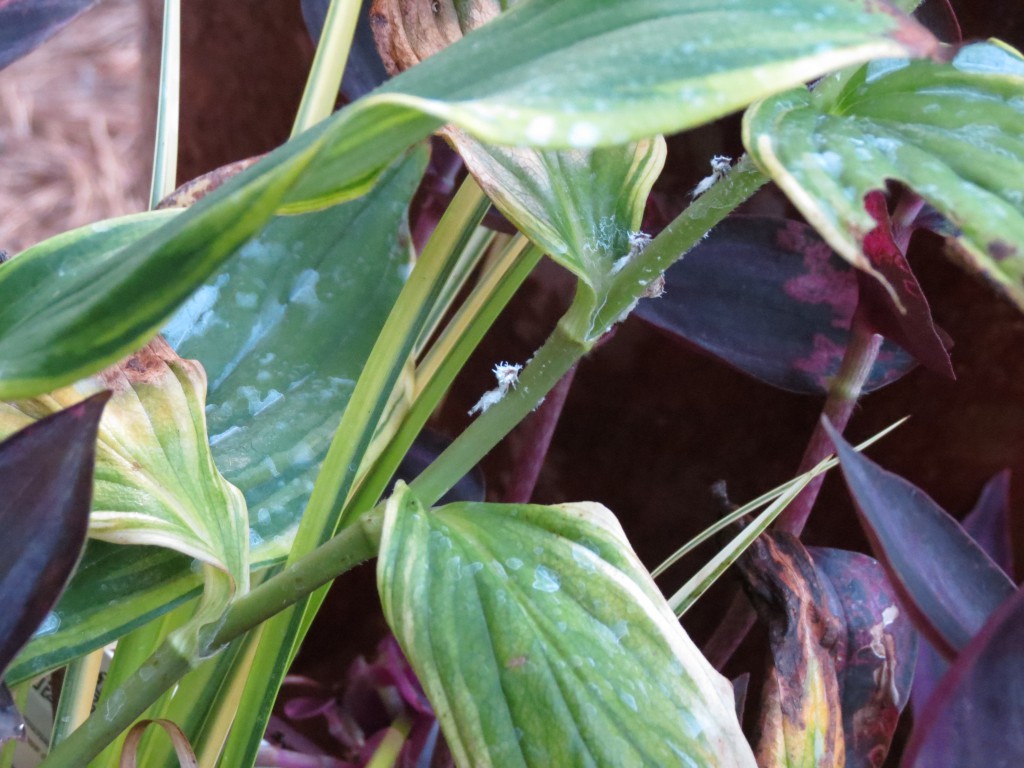MGEVs, are you part of the media team in your local program? Do you write articles for local newspapers? your office blogs or websites? contribute to your county Extension’s social media sites? If so, then this post is for you!
You might use this list as a source of article ideas to cover more in depth. You might want to re-post to your county blog site to share with people in your county. As with any of our written materials, please share with your Extension agent first prior to publishing!
As August unfolds, the growing season is peaking. It is time to anticipate the fall as plants begin preparing for winter. While observers won’t actually see these changes yet, plants are preparing for the next season.
- While storm damage or dead branches can be removed at any time, regular pruning of broadleaf evergreen shrubs should wind down this month. Avoid pruning any spring flowering shrubs, such as azaleas, so that next spring’s blooms are not disturbed.

- Any plants grown in containers can continue to be planted, though extra care for watering must be given. Hot summer temperatures and bright sun will quickly cause newly installed plants to become stressed if not watered frequently.
- If fertilizer applications were split into multiple smaller applications, any remaining fertilizers should be applied to plants this month. Avoid fertilizing trees, shrubs, vines, and ground covers after August.
- Mulch can be added at any time to help keep plant roots cool and moist and to help reduce weeds.
- Keep in mind the 1”-per-week guideline for moisture. If it does not rain for more than 7 days, be sure to check plants that need even moisture. A plant’s leaves will look more gray than usual and leaves may wilt, droop, or shed early if the plant needs water.

- Scout for and remove weeds in planting beds. This reduces competition between desired plants and weeds for water and nutrients.
- Continue looking for insect and disease issues in your garden. Do you see black mold on stems? If so, look for aphids or other insects feeding on the undersides of leaves. Do you see insect fras (their waste) on leaves? If so, look for the insect. Snap a photo with your phone and send it to your county’s Extension office for proper identification before treating with an insecticide.

- Keep an eye out for the presence of pollinators. What may appear initially as a pest consuming foliage may actually be the larvae for butterflies or moths! Avoid applications of broad-spectrum insecticides that will harm pollinators or other beneficial insects.

Tachinid fly (natural enemy) 
Lady beetle larva and Monarch butterfly larva 
Gulf fritillary larva on passiflora
- Now is a great time to stroll through the garden and landscape at different times of the day to consider what additions you would like to make this fall, when planting conditions are ideal.



